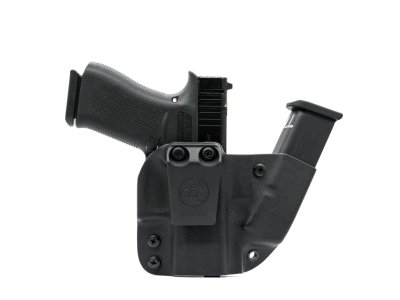evidenttools
Member
- Joined
- Jun 14, 2015
- Messages
- 44
Hi.
I've been thinking about this for a long time: having my square on my belt, because I'm constantly looking for where I put it.
Especially because I work between the workshop and outside when it's not raining: better lighting, dust outside, etc.
With a solution to protect the set square, enclosed in a sheet of plywood.
Four 10 mm magnets to hold it in position.
At this stage, I don't attach it to my belt, but instead put it in my jeans pocket, slipping a piece of "soft hard" plastic inside. So I can easily remove it if it ever gets in the way when carrying beams or something else.
Well, I added something to attach my tape measure, my Pica Dry pencil (I finally got around to it, even though I'm not entirely satisfied, I spend my time sharpening it), and, my favorite by far, my cheapest mechanical pencil(s).
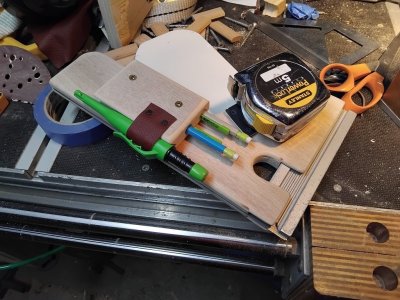
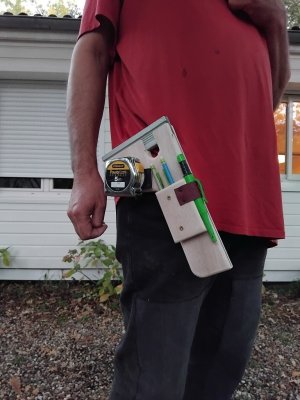
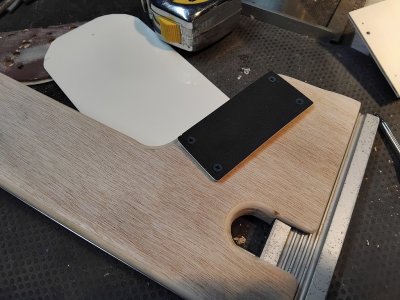
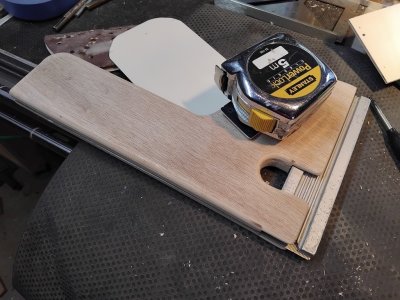
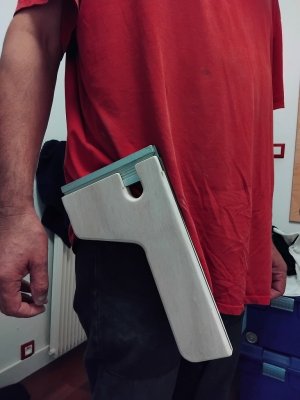
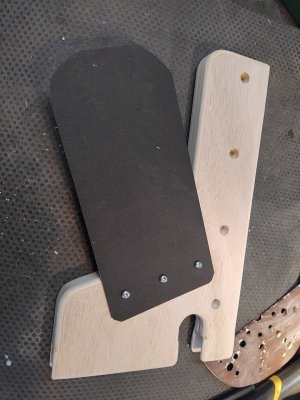
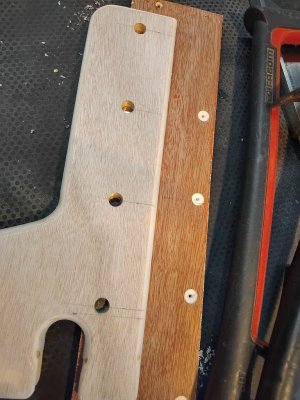
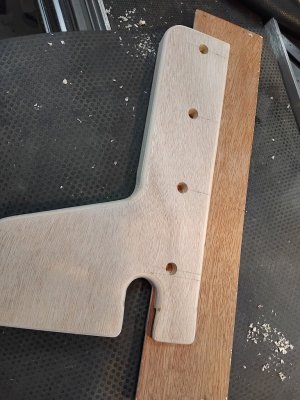
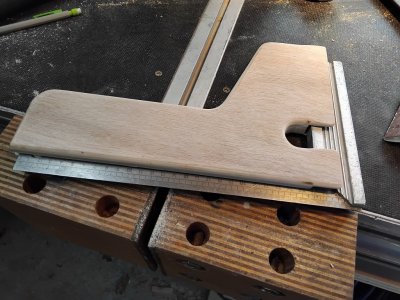
I've been thinking about this for a long time: having my square on my belt, because I'm constantly looking for where I put it.
Especially because I work between the workshop and outside when it's not raining: better lighting, dust outside, etc.
With a solution to protect the set square, enclosed in a sheet of plywood.
Four 10 mm magnets to hold it in position.
At this stage, I don't attach it to my belt, but instead put it in my jeans pocket, slipping a piece of "soft hard" plastic inside. So I can easily remove it if it ever gets in the way when carrying beams or something else.
Well, I added something to attach my tape measure, my Pica Dry pencil (I finally got around to it, even though I'm not entirely satisfied, I spend my time sharpening it), and, my favorite by far, my cheapest mechanical pencil(s).










